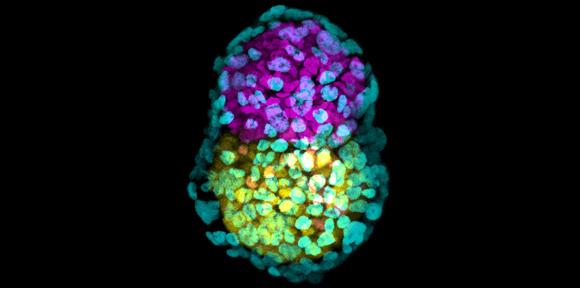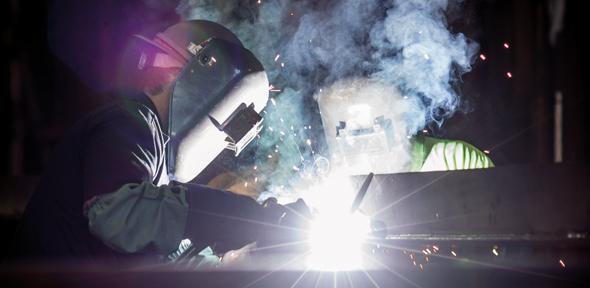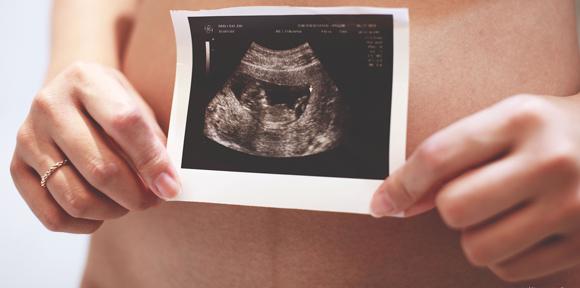
Her speechwriting files for Bruges, including drafts and contributions from outsiders, are among more than 40,000 pages of Lady Thatcher’s papers for the year 1988 being opened to the public at Churchill College from Monday.
They show that rather than acting as a call-to-arms for Eurosceptics and attacking the principles behind the single market – of which Thatcher was something of a devotee – her speech was more concerned with the perceived power grab by European Commission chief Jacques Delors, and a possible move to a more ‘federal’ European ‘super-state’.
Historian Chris Collins of the Margaret Thatcher Foundation, the only person to date to have read all 40,000 pages of material being released, said: “She wanted her speech to be about direction, rather than point scoring – and she edges back from attacking the Commission, approaching it in a more intellectual style.
“I know she was uncomfortable about the venue, but we are very lucky in that few of her speeches remain in such a complete form as this.
“When you read her papers for 1988, you see her sheer level of enthusiasm for the single market. She goes up hill and down dale with deep enthusiasm because this is practical Europe, this is how it works together. The role of speechwriter Hugh Thomas – a committed Europhile – is also crucial to consider when looking at this speech from a historical perspective.”
The 1988 papers are the latest of Margaret Thatcher’s reign as Prime Minister from 1979-90 to be made available to scholars, researchers and the general public – alongside the papers of Sir Winston Churchill and hundreds of other leading figures at the Churchill Archives Centre.
As well as Lady Thatcher’s papers surrounding the Bruges speech in September 1988, her personal papers also reveal the emergence of plans for a possible fourth term in office, with no obvious end to Thatcherism in sight at that point.
However, 1988 was not without its problems as the government experienced a large number of backbench rebellions on controversial measures, including many with manifesto authority. When Thatcher met with the Executive of the 1922 Committee in January, she was warned that one of the things they wanted to raise with her was the ‘problem of a large majority in the House of Commons and an inadequate Opposition, leading the government being perceived as dictatorial and insensitive to criticism’.
“Unsurprisingly, when this point was indeed made to her face, Thatcher made an indignant response,” said Collins. “There followed a series of rebellions over benefits and the poll tax which she took very personally as relationships with the Conservative parliamentary party frayed.”
Away from frontline politics, the archives for 1988 also reveal that her husband Denis went through a showbiz reception guest list with a fine toothcomb, querying whether certain celebrities such as Paul McCartney and David Attenborough should be invited to Number 10 for a gathering of those who would be easily recognised by the public and do Mrs Thatcher much good on TV.
The original list of 45 personalities was too low on numbers thought Lady Thatcher and a much longer list of more than 200 names was drawn up by former culture secretary, John Whittingdale – then political secretary to the Prime Minister.
“He (Whittingdale) was not the grizzled elder statesman of the present day,” said Collins. “This was the young man whose evening was spent watching Meatloaf at the Hammersmith Odeon and whose idea of a good party was to invite Paul McCartney, Freddie Mercury and the Jaggers.
Whittingdale, perhaps, did not count on the scrutinous eye of Denis Thatcher – who attacked the proposed guest list with no small amount of red ink, marking ticks against those he ‘would personally like to see included’ and question marks beside ‘those who, I believe, do not help.”
He went on to say: “Whilst I accept of course that not everyone who comes to our receptions are necessarily on ‘our’ side I find it both unpleasant and embarrassing to entertain those who publicly insult the PM. This list needs some careful checking in this regard.”
His favourite name of those listed was comedian Eric Sykes who gained an expansive four ticks. Others to receive enthusiastic backing from Denis included Andrew Lloyd-Webber, Dame Judi Dench, Nick Faldo and Rolf Harris.
McCartney and Attenborough were not alone in having question marks placed next to their name. Sebastian Cow, Shirley Bassey and magician Paul Daniels all fell foul of Denis’ red pen.
In the end, the longer guest list was dropped in favour of the original 45 from the British Winter Olympic Squad – minus Eddie ‘The Eagle’ Edwards, who was double booked and unable to attend.
Margaret Thatcher’s infamous Bruges speech – which helped to coin the phrase ‘Euroscepticism’ – was never intended to be an anti-European diatribe, according to newly-released archive material by the Churchill Archives Centre and the Margaret Thatcher Foundation.

The text in this work is licensed under a Creative Commons Attribution 4.0 International License. Images, including our videos, are Copyright ©University of Cambridge and licensors/contributors as identified. All rights reserved. We make our image and video content available in a number of ways – as here, on our main website under its Terms and conditions, and on a range of channels including social media that permit your use and sharing of our content under their respective Terms.

















 Getting rid of loneliness is also about letting go of cynicism and mistrust of others. So next time you meet someone new, try to lose that protective shield and really allow them in, even though you don’t know what the outcome will be.
Getting rid of loneliness is also about letting go of cynicism and mistrust of others. So next time you meet someone new, try to lose that protective shield and really allow them in, even though you don’t know what the outcome will be.









